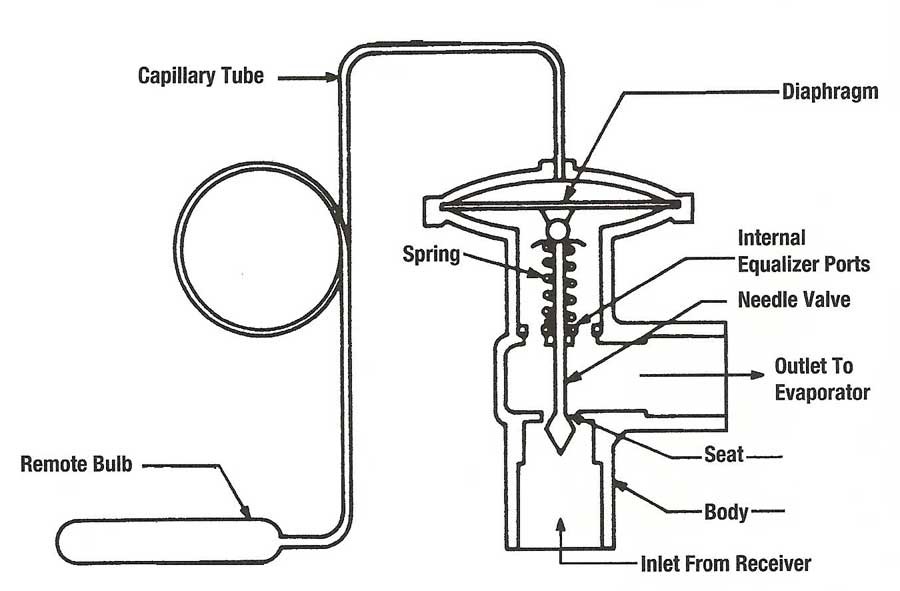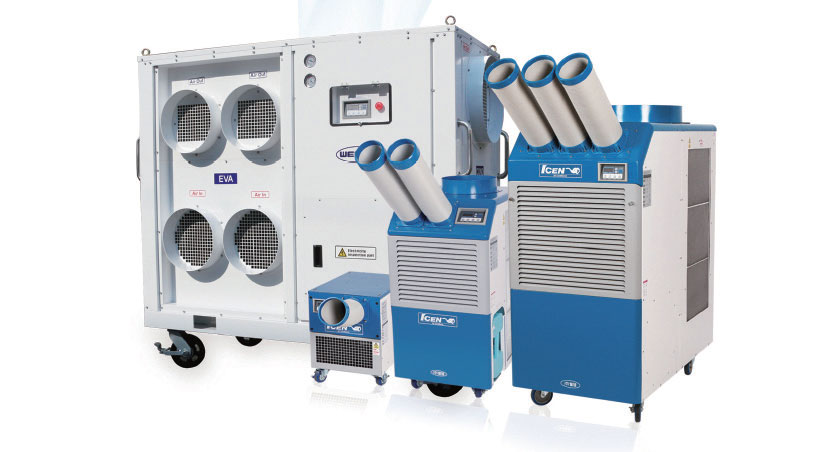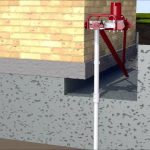Air Conditioning Basics is critical to keeping a comfortable temperature in your property. When air temperatures are excessively hot or trendy they can have adverse consequences on the health of your loved ones. A correctly functioning air conditioning unit not only provides comfort but also helps to conserve energy by lowering energy bills. While ACs may seem costly to operate, there are several alternatives out there for those who are willing to save. Within this guide we will discuss the fundamentals of air conditioning in addition to the choices available for people that are willing to do a bit of comparison shopping.
Air Conditioning Basics

The most basic ac principles revolves around the cooling , or more correctly the cooling coils. An air conditioning unit that works properly just cools you home by blowing cool air via heated refrigerant-filled air-conditioning coils that absorb the cool atmosphere and transfer it to the remainder of the house. This cooled, comfortable air is then released through ducts into your home while the heated atmosphere is deposited outside. While all 3 components work together to provide comfort to your home, each element can be replaced with an alternate cooling system. For example, fans could be substituted with window air conditioners; evaporative cooling systems may be replaced with swamp coolers; and centralized cooling systems can be moved to accommodate seasonal fluctuations.
Air Conditioning Basics
One of the air conditioning fundamentals you need to learn is how energy efficient your cooling system is. This information is important for both you and your energy provider since energy efficiency standards are set for all types of buildings, whether or not they are commercial or residential. Energy efficiency means the total amount of power required to heat or cool a particular unit, while reducing the quantity of energy required to do so. Energy efficiency guidelines are also created for appliances such as heaters, dishwashers, clothes dryers and other ordinary household equipment.
Air Conditioning Basics
The next air conditioning fundamentals you need to understand involves the operation and upkeep of your refrigerant, condenser, and evaporator. If these components aren’t operating correctly, your refrigerator or AC won’t work properly. A very low level of refrigerant is one of the most common causes of pipes problems. Low refrigerant levels imply that the AC compressor will not operate effectively to cool your house. If the refrigerant is running low on its own, the condenser and evaporator will also have to be servicing to bring them back up to proper operation.
Air Conditioning Basics
It's also important to understand how the AC functions when it isn't functioning correctly. Among the chief parts of the AC is that the refrigerant lines. The refrigerant is carried from the pipes lines and carried to the evaporator coils via a collection of tubing. After the refrigerant reaches its destination it will then be compressed along with the cool air will be pushed via a series of aluminum tube until it exits the condenser unit. In this procedure the refrigerant and cool air become chilled and the cold water is pushed to the condenser coils to cool it.
Another important air conditioning fundamentals you need to be familiar with relates to the various kinds of air conditioning systems that are on the market. There are three basic types of air conditioning systems that are available. These are the Central Heating System, the refrigeration/air conditioning (or chillers) system, and the indirect cooling system. Each type of air conditioning system has benefits and disadvantages. It’s essential for you to think about all of your heating needs prior to choosing an ac unit.
While central air conditioners and refrigerators are energy efficient, they are not as energy efficient as an air conditioner with a cooling system. An air conditioner with a cooling fan takes much less energy to operate than a conventional refrigerant based cooling apparatus. In addition, it will help save you money in the future since it will not need to be utilized as often because it will not require electricity or fuel. If you’ve got a central air conditioning unit and it’s time to get a replacement then it’s important that you research Energy Star ratings of air conditioners to determine whether you are receiving an energy efficient heating unit. Also check to see whether your new air conditioner is certified to satisfy the Energy Star standards.
Finally, when installing an air conditioner it’s vital for you to know a bit about the condenser and evaporator. The condenser is located within the air conditioner and it is located on the exterior of the device near the outside faucet. The evaporator is found within the housing and it is where the gas flows into in order to cool the gas. A frequent mistake among people is believing the condenser and evaporator will be the same thing but they are not. A small gap in the Condenser’s shell allows refrigerant gas to leak from the condenser to the evaporator; therefore, it is critical that this gap be repaired or replaced when installing your air conditioner.




